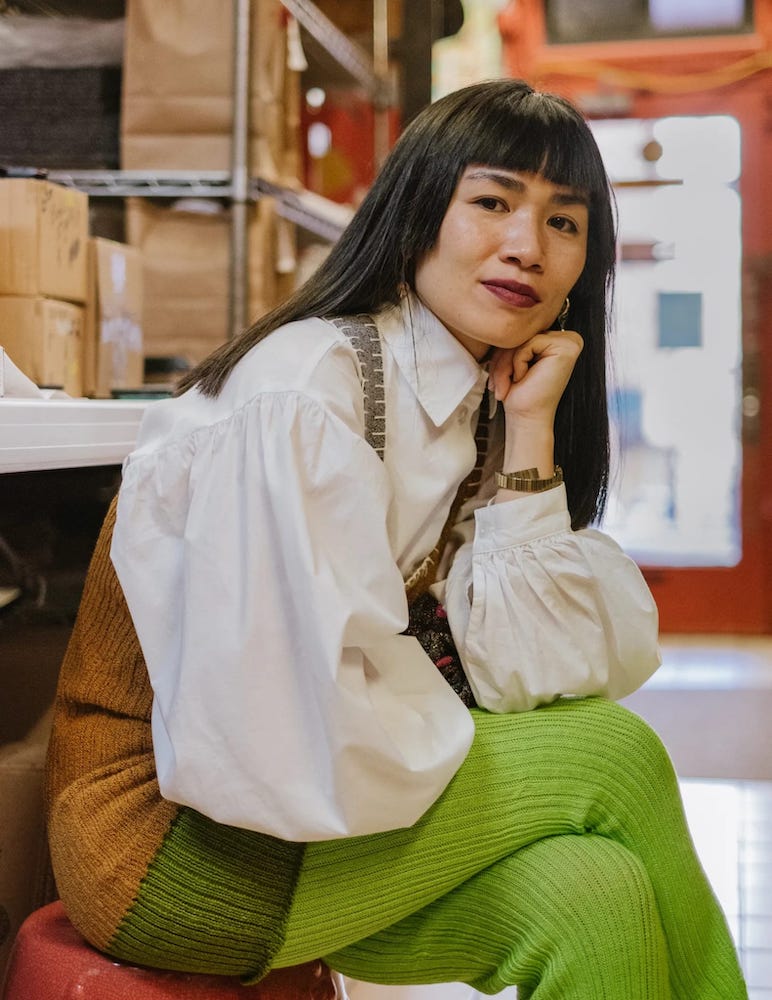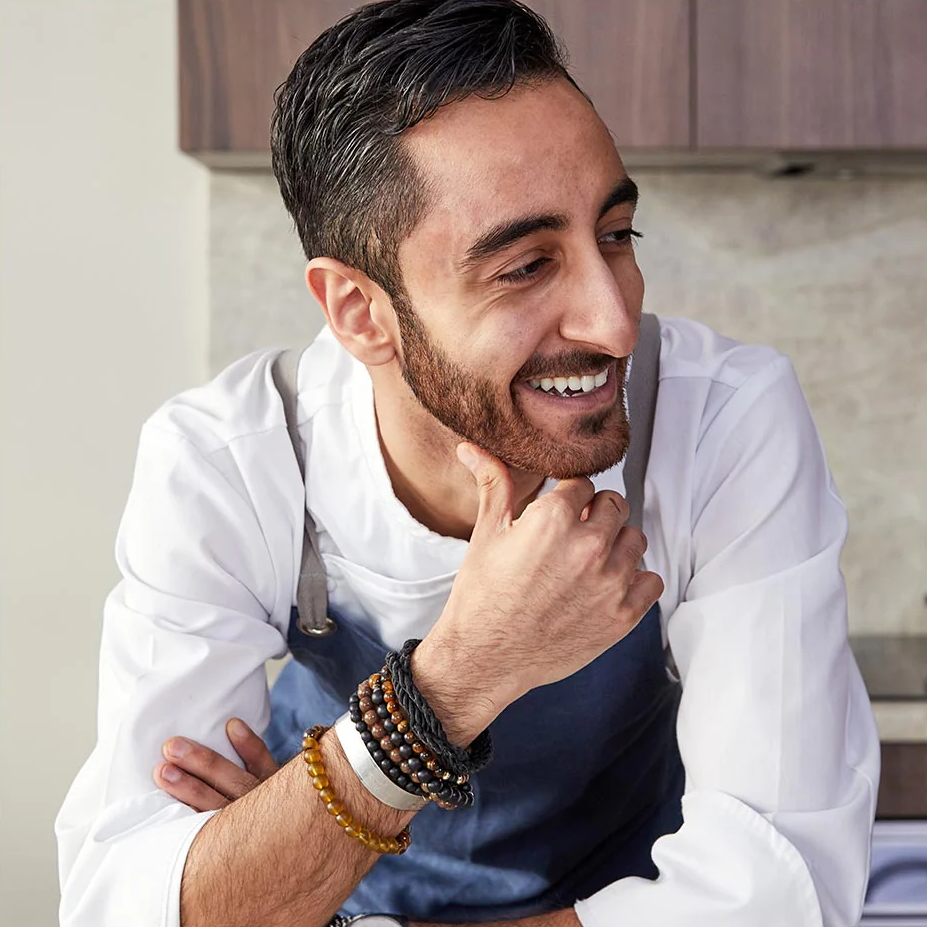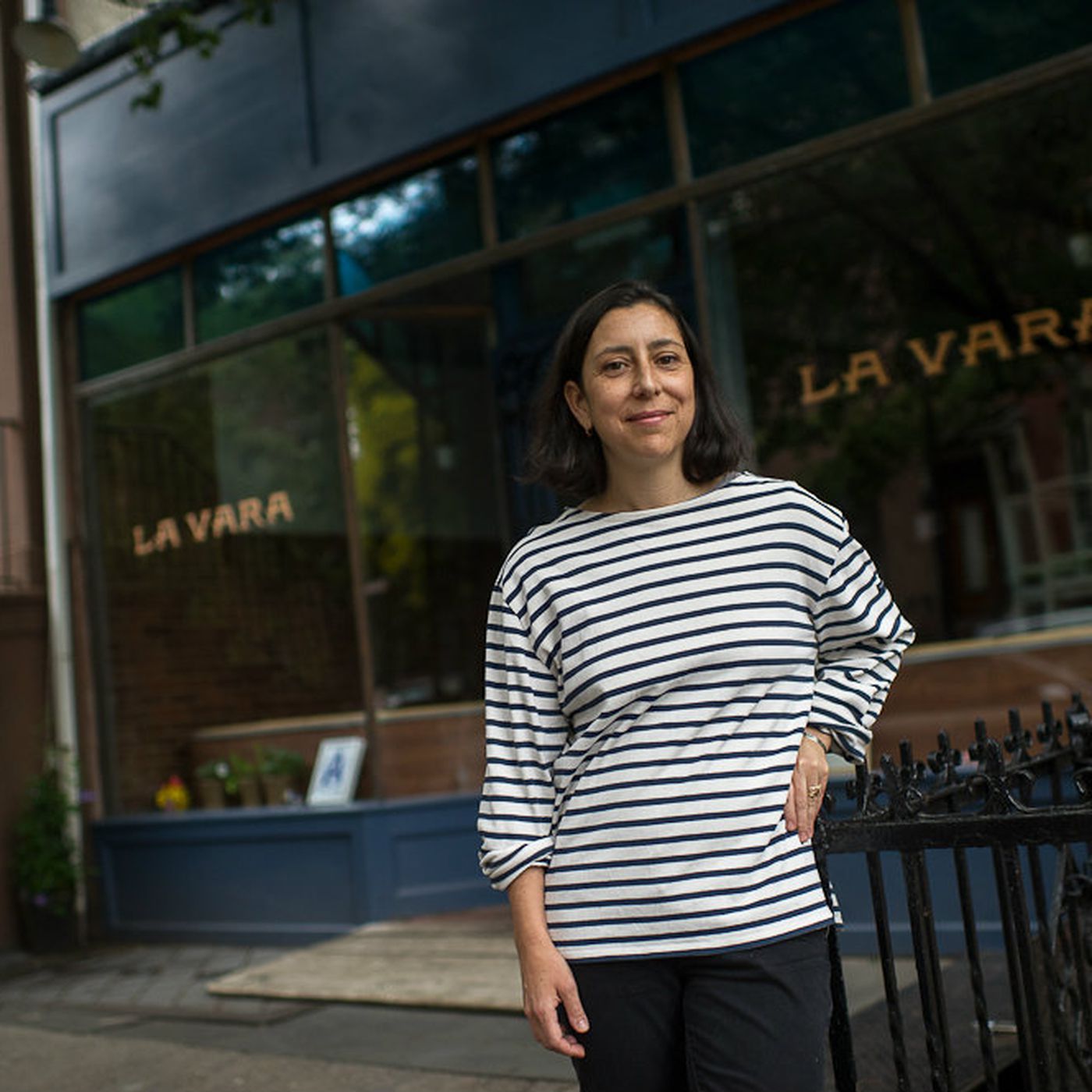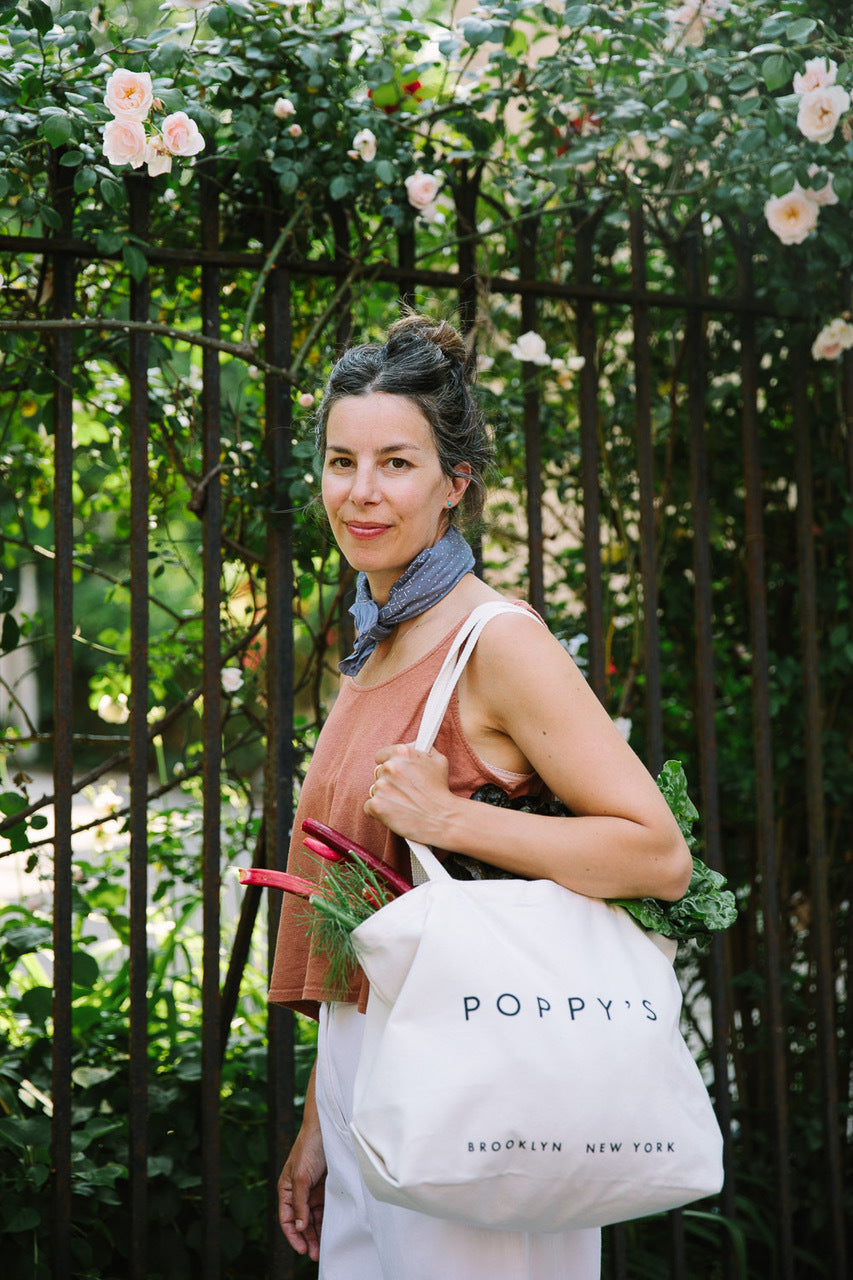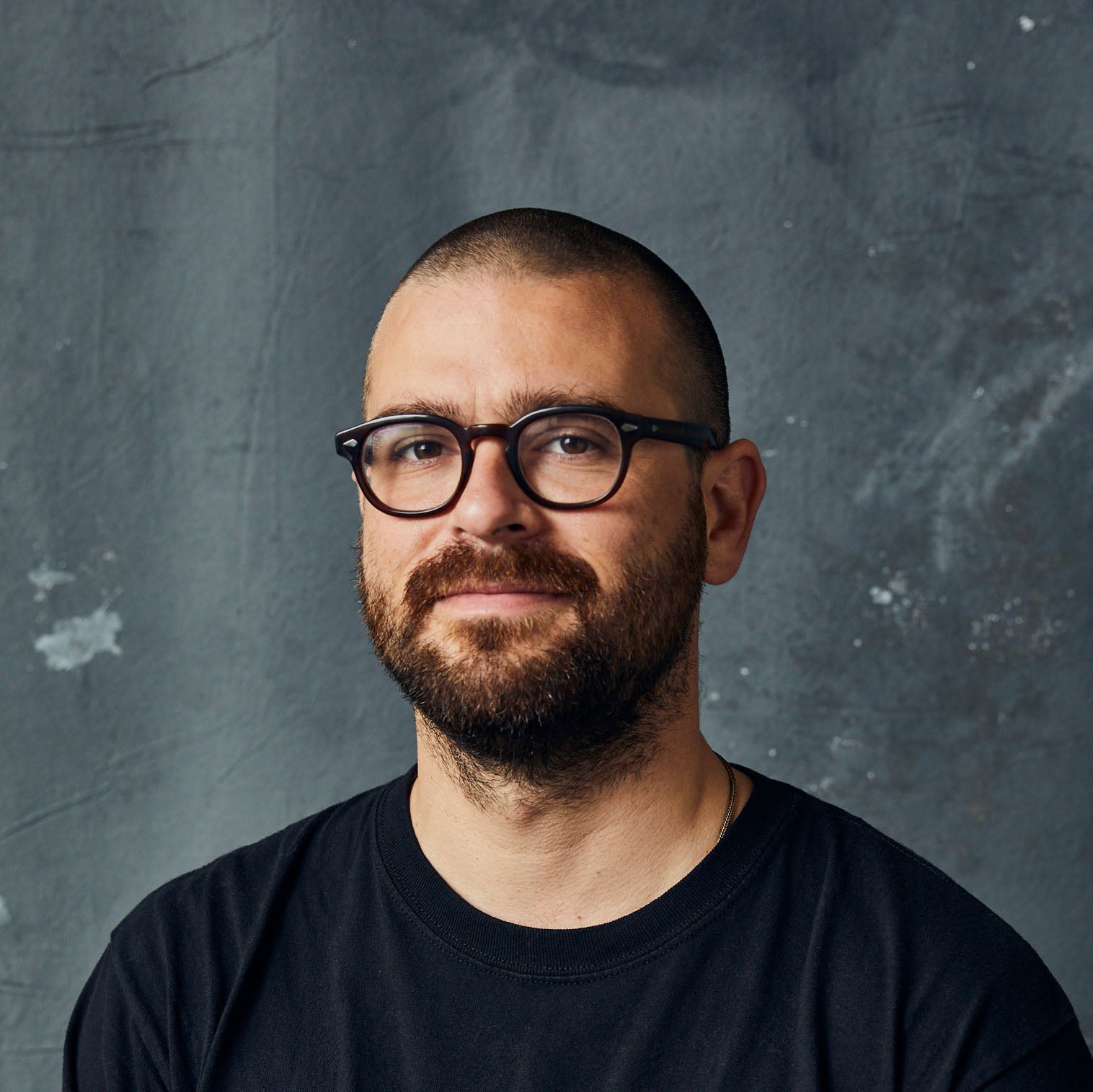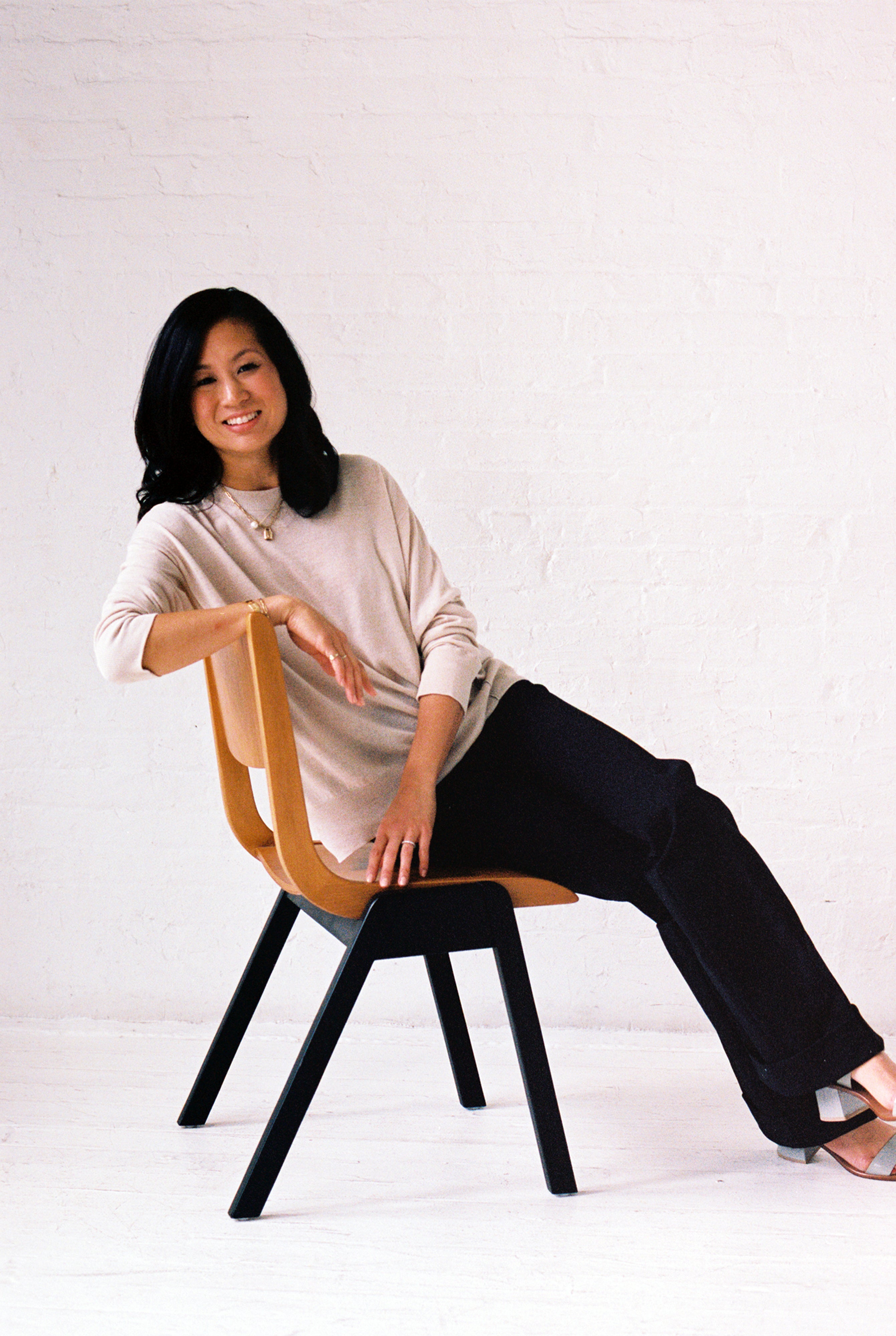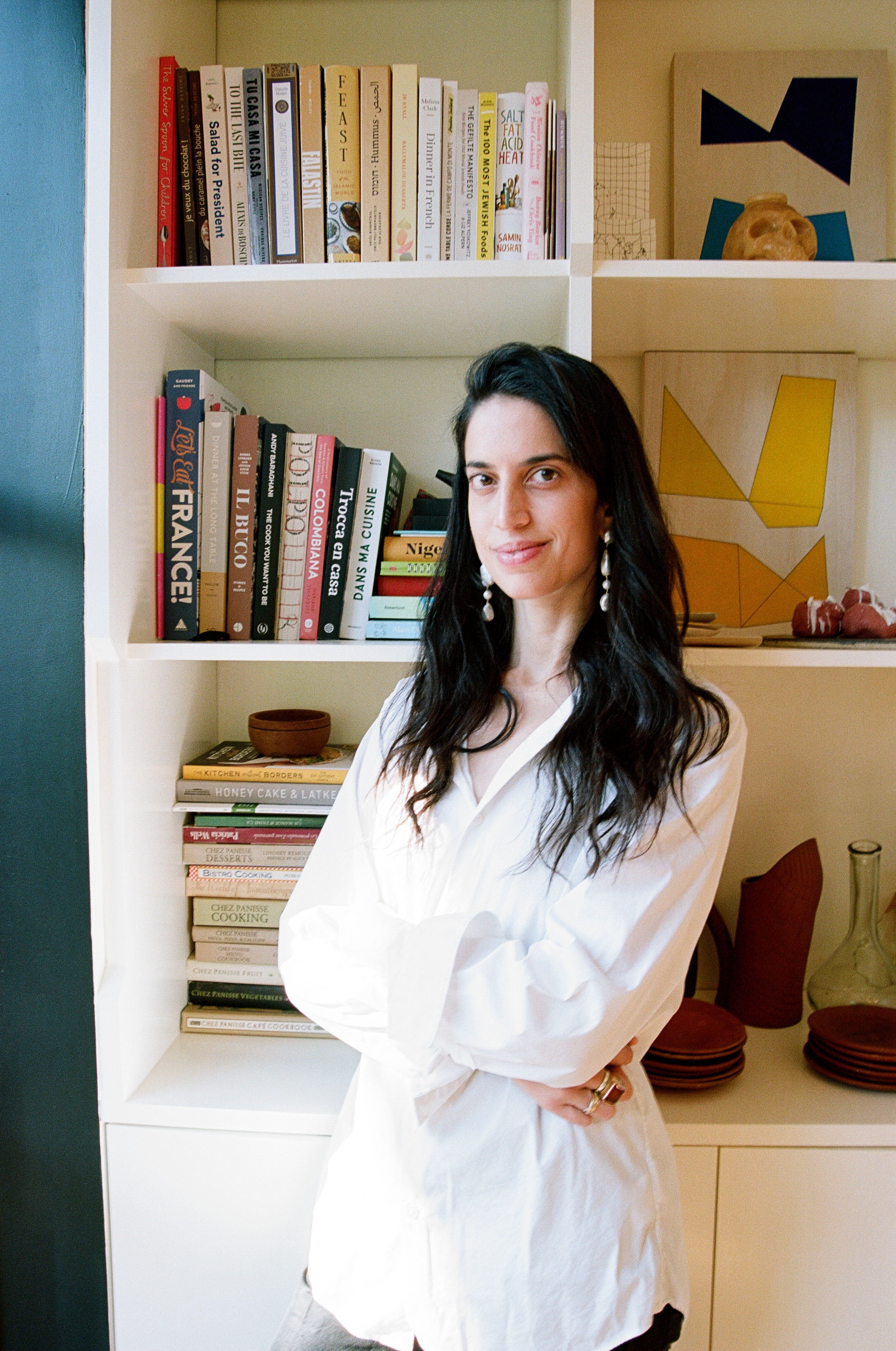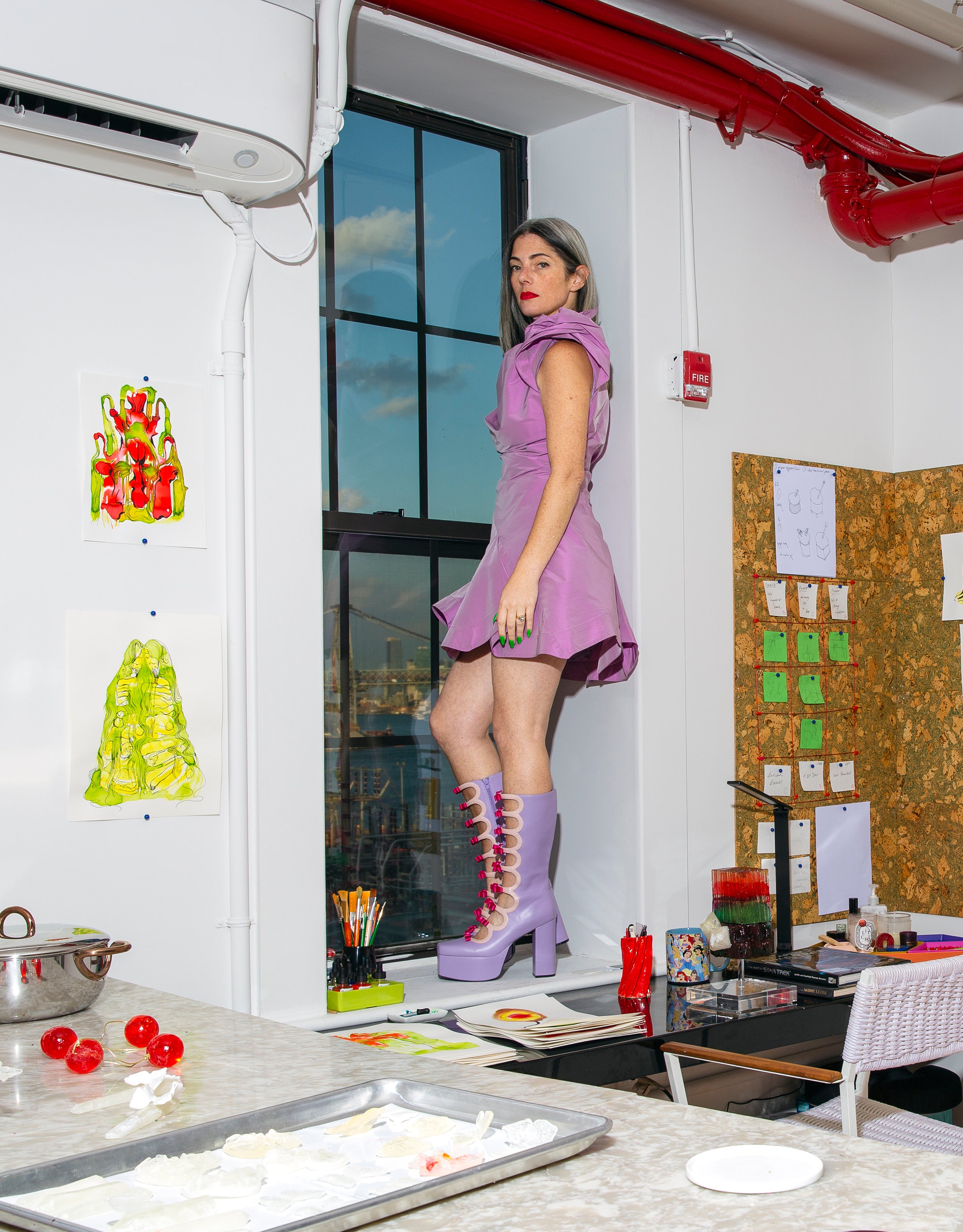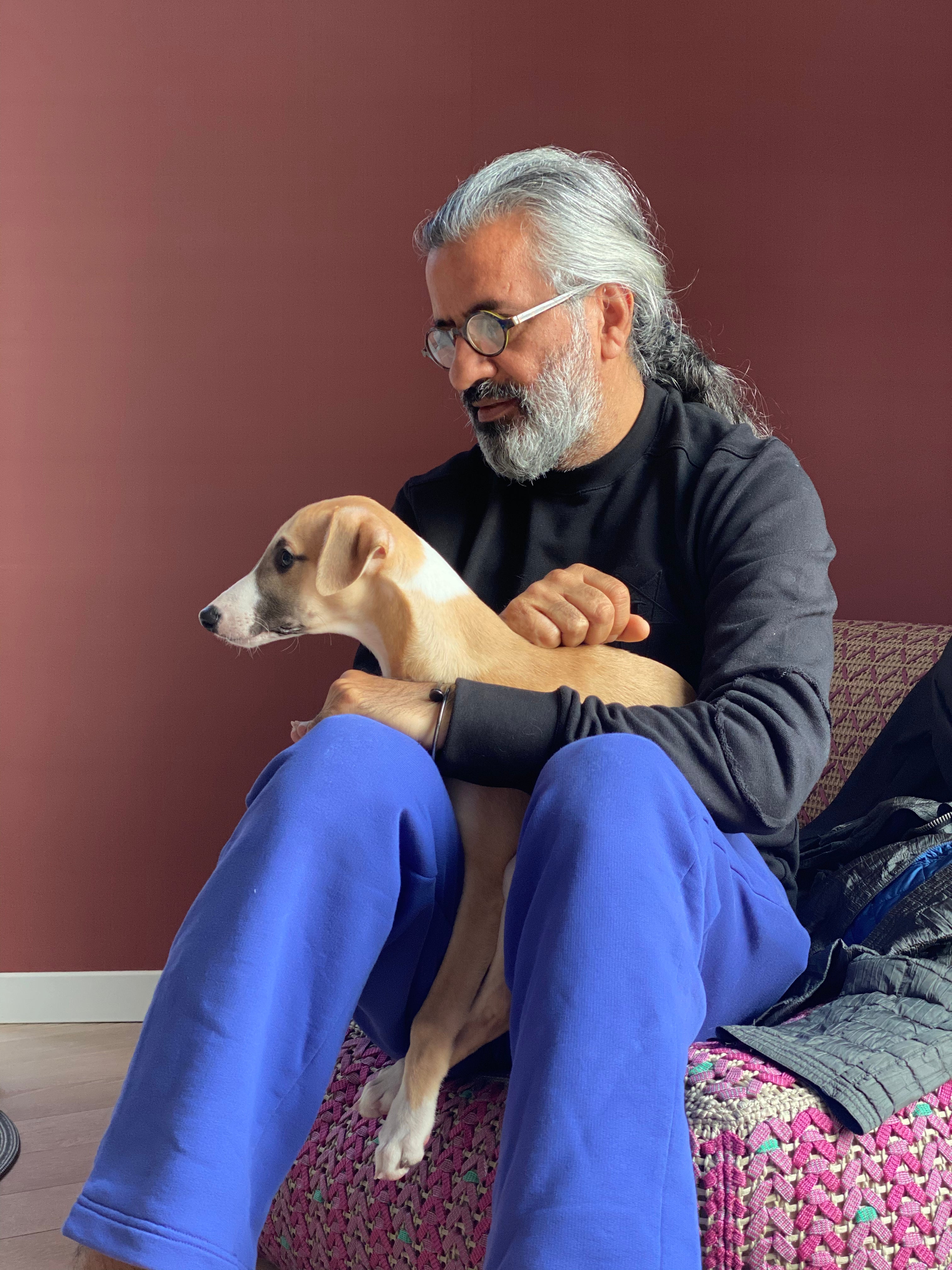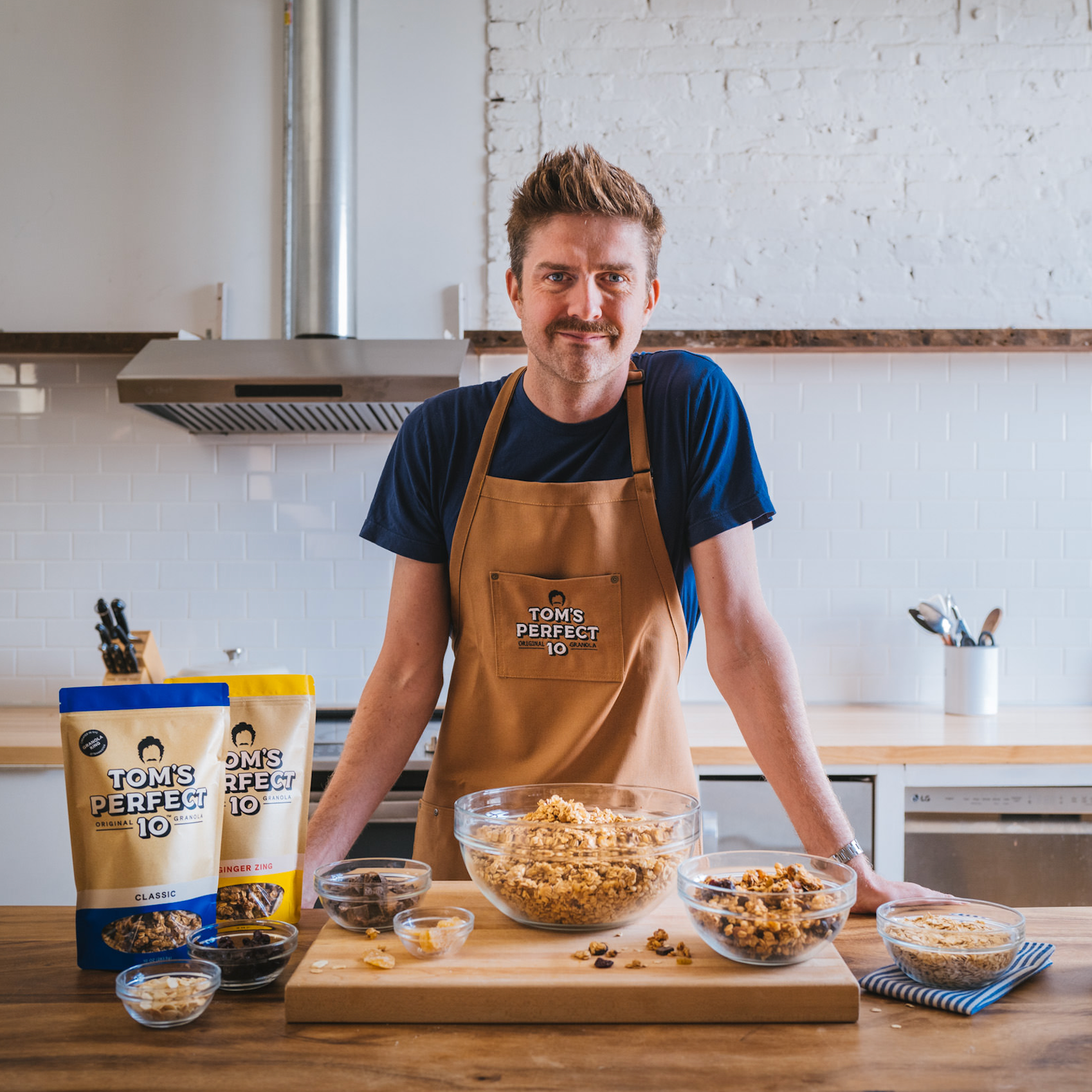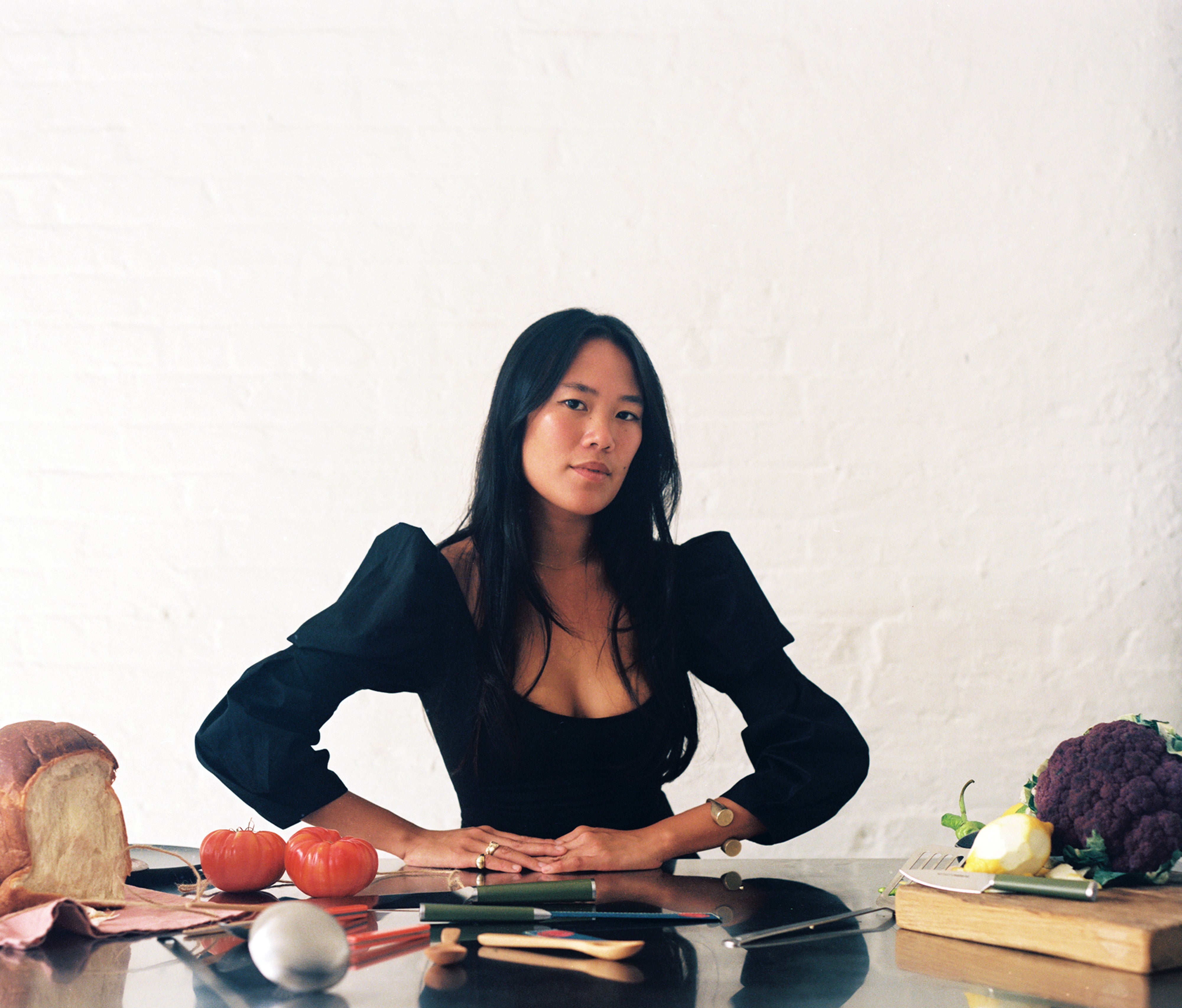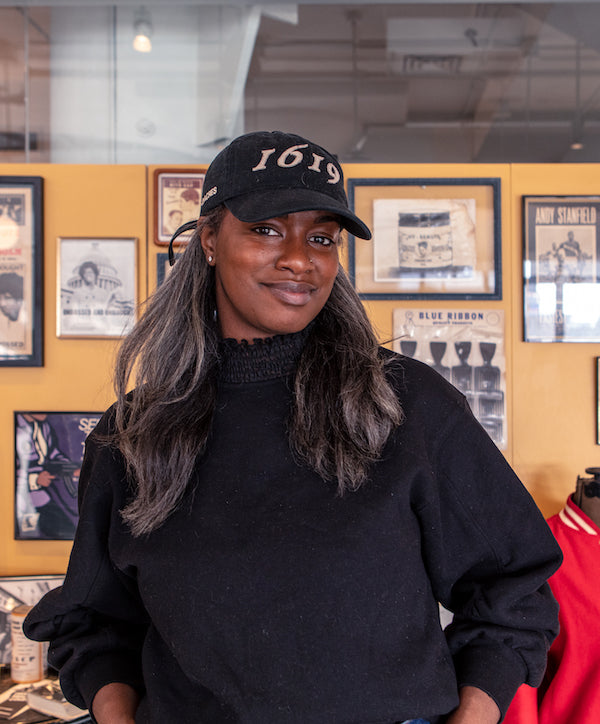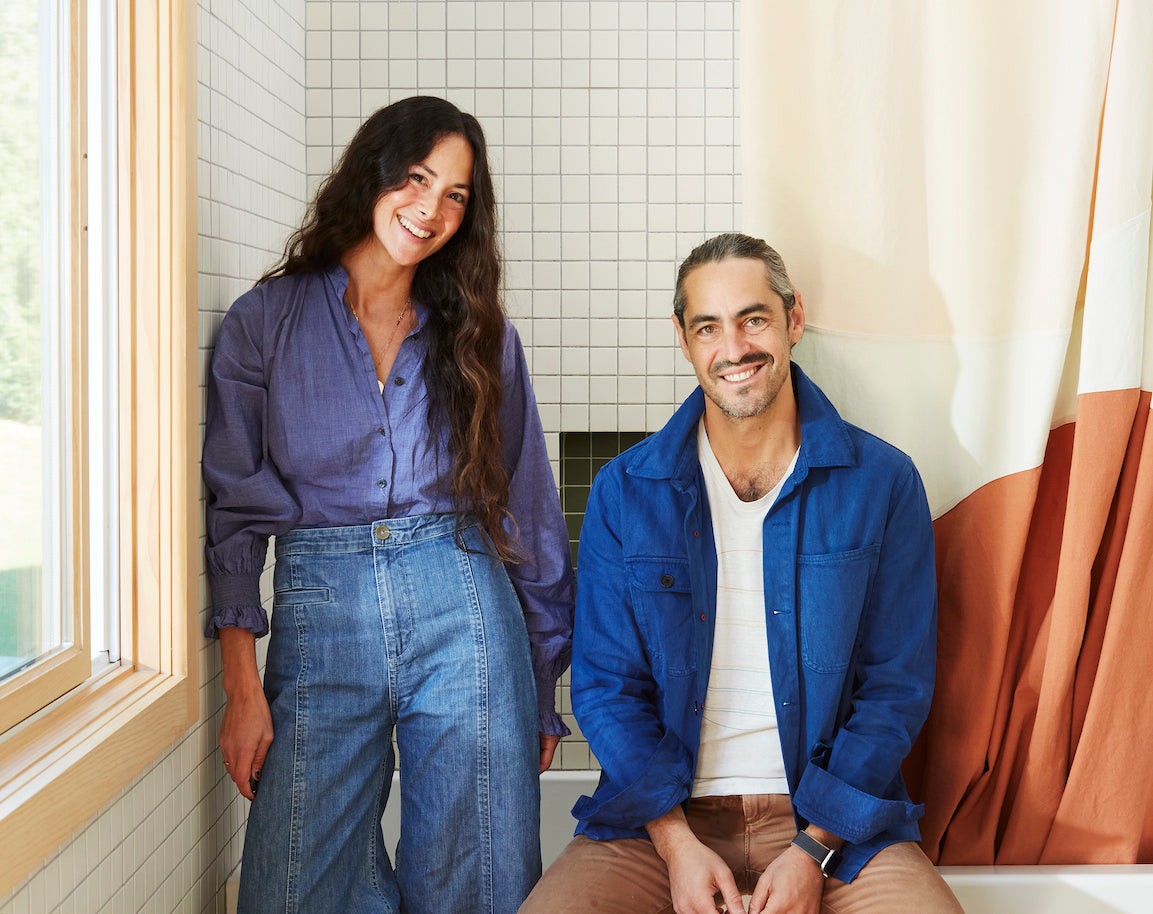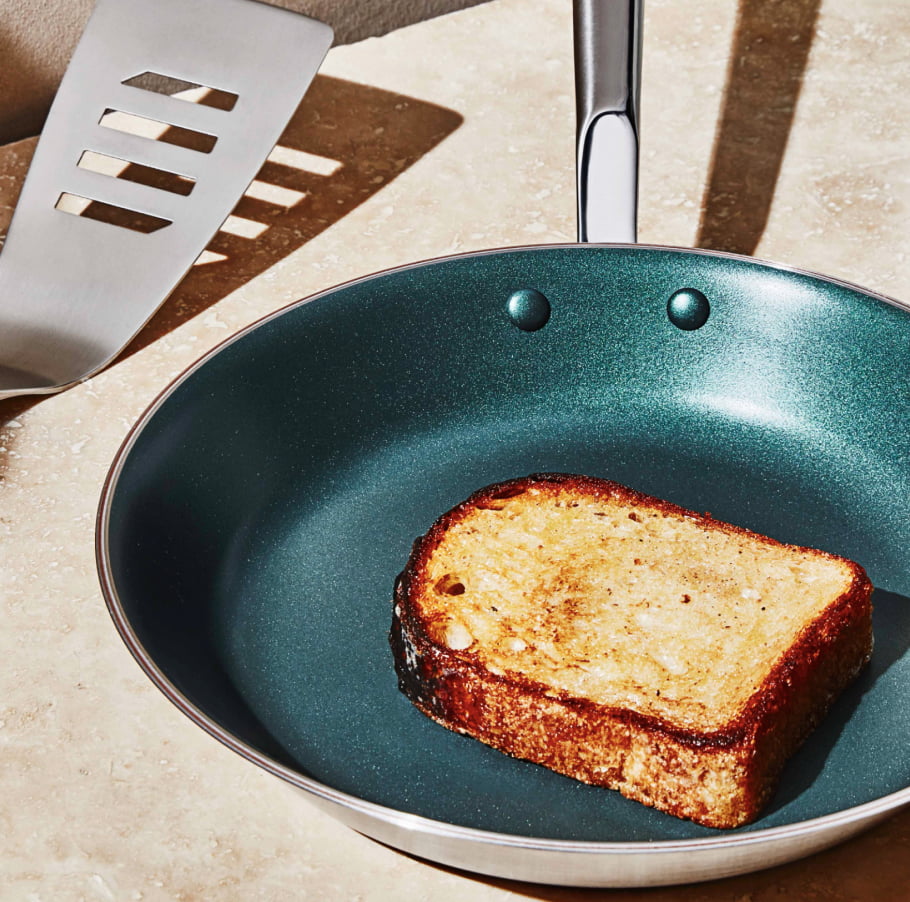What's the most important item in your home? In our series Material Object, we explore that very question, asking some of our favorite people which of their possessions connect them to their past, to their family, and to themselves.
Mei Lum is the fifth-generation owner of Wing on Wo, the historic porcelain shop on Mott Street in New York’s Chinatown founded in the 1890s and the director of the W.O.W. Project. Here, Mei tells the story of her grandmother's clay pot.
"Every time I bring this clay pot to the table, I feel as if I’m continuing my grandmother’s legacy and honoring all the roles that she balanced in her life in this space: shopkeeper, matriarch, and provider."

There’s a kitchen in the back of our shop, past the register, through the shelves of porcelain, past my grandfather’s office, past the neatly stacked crates of inventory, where my family gathers for meals. When I was growing up, I remember rushing to the store after school to this kitchen to hang out with my grandparents. My grandmother – Po, in Cantonese – was the family chef. One of my favorite parts of the meal as a child was watching Po use this big clay pot. It wasn’t something we sold at the shop but it was a versatile tool in the kitchen. About 8 inches in diameter with a handle, the pot also had wire to, presumably, protect the clay from the heat or perhaps to distribute the heat more evenly. My grandmother used the pot to make rice. Sometimes she’d throw in Chinese sausage (lapcheong) or veggies, or whatever we had in the fridge, kitchen-sink style. One memory ingrained in me is sitting next to my grandfather who would scarf down his rice in two minutes and then return to his office, where we’d have Cantonese lessons after dinner. After most of the rice was finished, Po would pour hot water into the pot to loosen the slightly sweet, crunchy burnt rice – faan ziu – my sister and I used to fight over the slightly sweet crunchy rice that stuck to the sides of the bowl.
"It feels very full circle. I am reenacting, recreating the rhythms I remember of my childhood, not just running the shop itself but working in the kitchen too."

Now, as an adult, I cook lunch and dinner for my family multiple times a week, and, once again, I am reacquainted with the clay pot. It feels very full circle. I am reenacting, recreating the rhythms I remember of my childhood, not just running the shop itself but working in the kitchen too. I am surrounded by my grandmother’s pots and pans. Of course, I make good use of the clay pot. I revisit different one-pot meals like a Hong Kong-style rice with veggies and cured pork belly. I’m adding my own touches like fish sauce. Whatever I throw in it has an umami flavor that comes from the clay pot's patina from all the love and care Po – and now I – have put into it over and over again in each pot of rice we cook. Today the table includes Po, of course, my father, my mother, my cousin, and other team members of The W.O.W. Project who we’ve adopted into our family. Every time I bring this clay pot to the table, I feel as if I’m continuing my grandmother’s legacy and honoring all the roles that she balanced in her life in this space: shopkeeper, matriarch, and provider.
